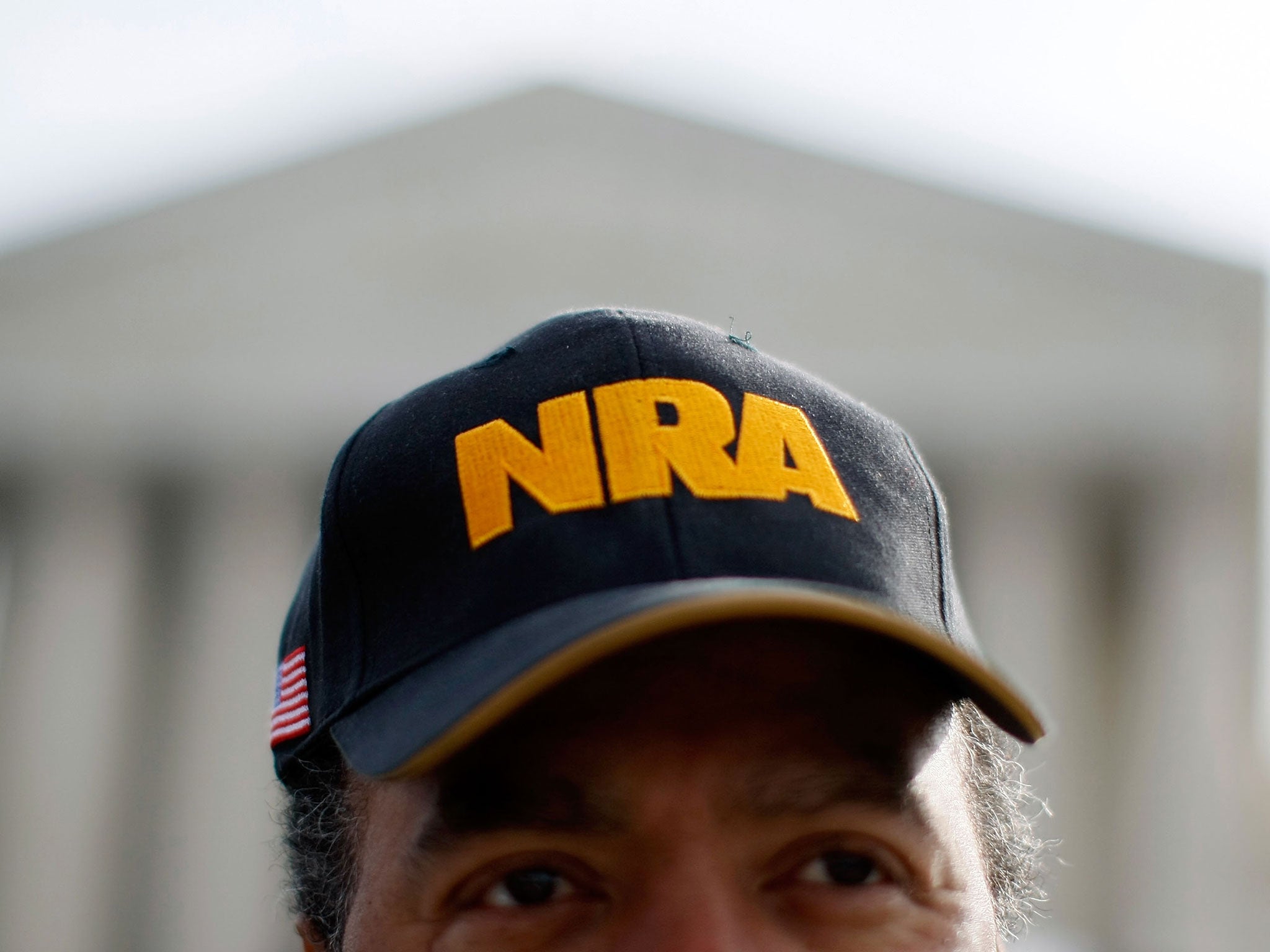The Independent's journalism is supported by our readers. When you purchase through links on our site, we may earn commission.
The main change since Parkland? Traumatising active shooter drills in American schools — supported by the NRA
One Midwestern teacher I talked to described an unannounced active shooter drill to me. She returned to her classroom and heard gunshots being fired down the hall. Shaking, she fumbled for her keys, worried she wouldn't make it in time. Is this what we want our kids to experience every year?

Today marks the first anniversary of the Parkland shooting, when 34 people were shot at Marjory Stoneman Douglas High School in Florida; 17 students and staff members died. Former student Nikolas Cruz, 19, has been charged with 17 counts of premeditated murder and has yet to be tried.
In the aftermath of the shooting, a lot was promised and little, ultimately, was done. In fact, one of the main things to be done had nothing to do with access to guns or assault weapons. Instead, it had to do with what happens in our schools: active shooter drills became much more prevalent across the US, and I have seen firsthand the effect that this has on our children.
These new drills are far more intense than your standard lockdown drills. During active shooter drills, students and staff rehearse various instructed responses — maybe throwing things at the “shooter,” maybe escaping, maybe hiding. Some of these drills even involve officers shooting blanks from real guns.
One Midwestern teacher I talked to described a time where an unannounced active shooter drill was done during an inservice day, when no students were present. When she returned to her classroom following a staff lunch, she heard gunshots being fired down the hall. Shaking, she fumbled for her keys, worried she wouldn't make it in time to lock her door. She did make it, just in time. As soon as she turned the lock, the “shooter” rattled her doorknob. The teacher described these drills as “very stressful.”
Parents are desperate for their kids to be safe at school. And schools want the students in their care to be protected. It's understandable that, under a government beholden to the NRA and their member's interests, schools and families are faced with reactive rather than preventative measures. But, even so, those reactive measures should not get a free pass from scrutiny.
Little is known about the emotional impacts of active shooter drills on children, but we have plenty of anecdotal evidence that many children are terrified during them. Teachers have reported students of all ages urinating on themselves, crying, and shaking while they are carried out.
Not only that, but this repeatedly beat-in expectation of school shootings – from kindergarten onwards, multiple times a year – leads to a certain desensitisation and normalisation of violence. Last year, my child's school bus was attacked by some teenagers at a bus stop. Though kids were shot at with airguns and one student took a brick to the head, my child thought I was overreacting when I said I was going to drive him to school from now on. Students – and parents – are conditioned to accept anything less than a real shooting as some kind of expected norm.
While “hunker down and hide” is now widely recognized as inadequate as a sole solution for every active shooter situation, one safety expert who does video simulation trainings told USA Today that people who are trained in other options, like running and fighting, perform worse on his simulations than those who have had no training at all. That seems illogical. The more prepared we are, the more likely we should be to behave well in a stressful situation — right?
That's probably true for professionals training for an intentionally chosen career path that involves known risk-taking. But students and teachers aren't military personnel or police recruits. They're kids and adults just trying to go about their days. So from a fear and trauma standpoint, the mistakes make sense. When you've been through a stressful situation before – even a simulation or enactment – that fear can get re-triggered. Not to mention the fact that school shootings are singular, specific events where people may well be best served by acting on their instincts; they are not coordinated military drills which follow known patterns.
In 2012, NRA School Shield was founded by the National Rifle Association to conduct security assessments of schools. The NRA's 2018 Facts and Programs summarises the work of the School Shield program, including a mention of the $200,000 in grants it has awarded out to US schools since 2012. Grants awarded were for things like security projects and updates. They were also awarded for ALICE Trainings.
ALICE is considered the go-to organisation for active shooter preparedness. Districts across the country are signing up for expensive and emotionally traumatic military-style enactments with seemingly very little scrutiny of both the impacts these drills have on children of all ages and of the NRA's support of the organisation’s work.
We have two options: accept school shootings as expected and train kids and teachers like they're mercenaries and military medics, or denounce that and work to end massacres in US schools. There's a booming industry that benefits from the former.
While we wait for legislation that prioritises the needs of schoolchildren over gun enthusiasts, school districts need to start having honest conversations with their families about the psychological impacts that active shooter drills have. Instead of knee-jerk, policy decisions based in fear, schools should make evidence-based, informed decisions about what marginal benefits might come from the repeated trauma we're exposing our kids to multiple times a year.
Join our commenting forum
Join thought-provoking conversations, follow other Independent readers and see their replies
Comments